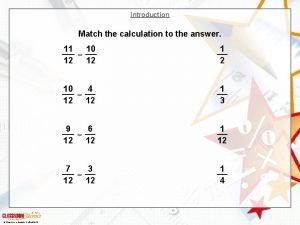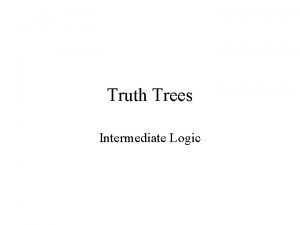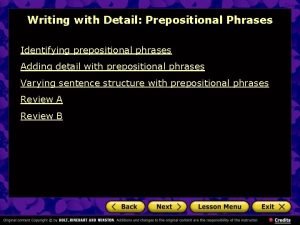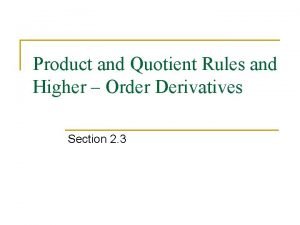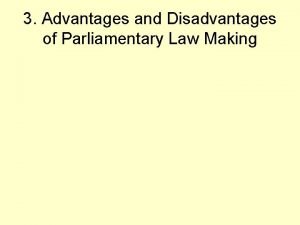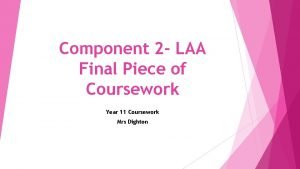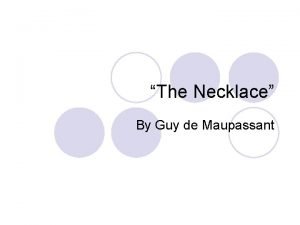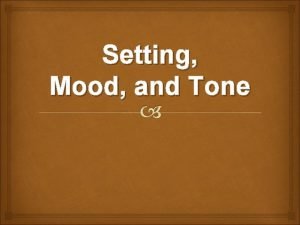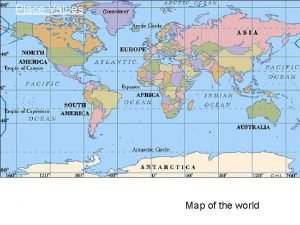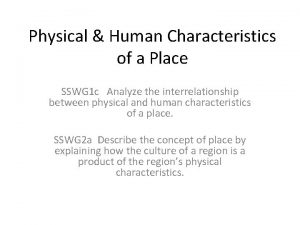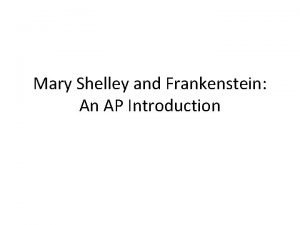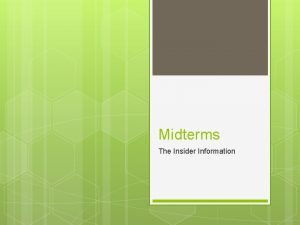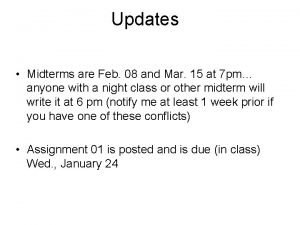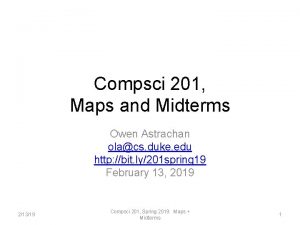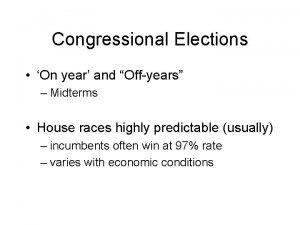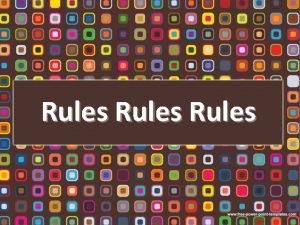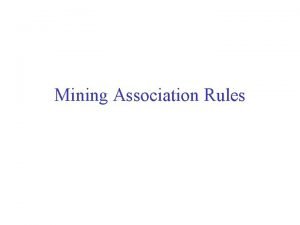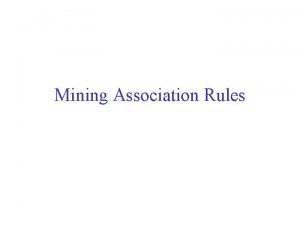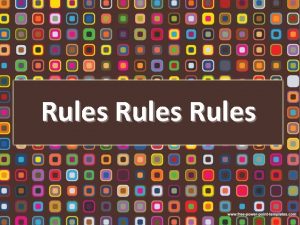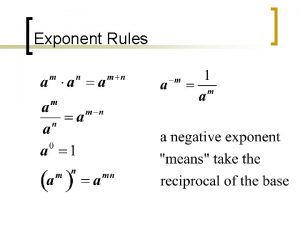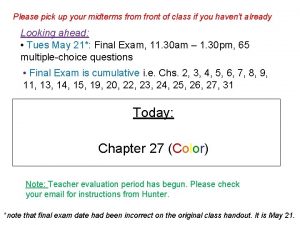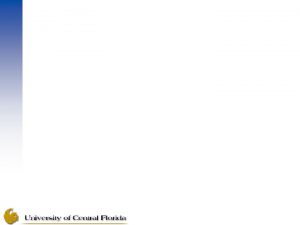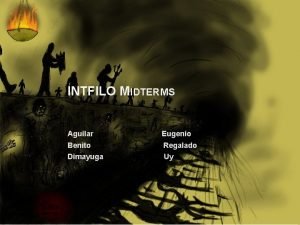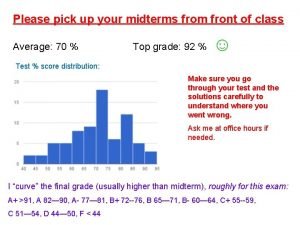Midterms Place Rules How to study PLACE AND


























- Slides: 26

Midterms: Place, Rules, How to study PLACE AND TIME : Friday, September 13 we have the first midterm, covering Units 1 -6. All midterms will be during regular class hours but will take place in the S Beh auditorium which is located south of the Marriott Library - check it out on the campus map. If possible, please be there at least 5 minutes before the exam starts, so you can get seated, get your exam, fill out all the required information and be ready to start working on problems. IMPORTANT-PLEASE NOTE THE EXAM RULES: 1. You must bring your University ID to take the exam. 2. You need to bring a pen or two. If you write with a pencil you will not be able to request a regrade if you think there was an error in grading. 3. Bring a scientific/graphing calculator. Devices that can store text are not allowed. 4. Bring a 4"x 6" card with formulas or anything you want. You can write on both sides. HOW TO PREPARE FOR THE EXAM: 1. Go back and review the Homework assignments and make sure you know how to do them from scratch on your own. 2. Study the Review for Midterm 1 which will be posted on canvas and includes many of the examples from the lectures. 3. Look at old exams and solutions on canvas: click on "Old exam reviews".

Electricity and Magnetism Review 1: Units 1 -6 First Midterm Friday, September 13 Units 1 - 6 S Beh Auditorium

Important Formulas Coulomb’s Law Force law between two point charges q 1 Electric Field Force per unit charge Electric Field Property of Space Created by Charges Gauss’ Law Flux through closed surface is always proportional to charge enclosed Electric Potential energy per unit charge Electric Field of system of charges Superposition q 2 Gauss’ Law Can be used to determine E field Spheres Long Cylinders Infinite Planes

Electric Potential Energy and Electric Potential Work Done By E Field Electric Potential for point particles Change in Potential Energy Electric Potential for continuous distributions

Conductors: Charges Free to Move in the Material 1. Inside any conductor at equilibrium: E = 0 Charges in conductor move to make E field zero inside. If E ≠ 0, then charges would feel force and move! (not equilibrium!) 2. Excess charge on conductor only on its surface(s) at equilibrium. There is no charge in the conductor. Proof: Take any Gaussian surface inside the conductor E = 0 inside conductor Gauss’ Law: E=0

Using Gauss’ Law 1. Find the direction of E using the symmetry of the problem 2. Choose suitable Gaussian surface S, such that E = constant at all points of the surface S and E = perpendicular to the surface S at all points of S 3. Find Qenc, the charge enclosed within the surface S

Charge Density Linear: Surface: Volume: If the object is uniformly charged: Linear l = Q/L Surface s = Q/A Volume r = Q/V Some Geometry

Principle of Superposition If there are more than two charges present, the total force on any given charge is just the vector sum of the forces due to each of the other charges: q 2 Principle of Superposition F 4, 1 F 1 q 1 F 3, 1 q 3 F 2, 1 q 4

Electric Field: Superposition The electric field created by a collection of source particles is given by adding the electric fields created by each particle: the principle of Superposition. q 2 E 4 E 2 E Field points toward negative and away from positive charges. q 3 E 3 q 4

Example: Spherical Symmetry A solid insulating sphere of radius R has uniform charge density ρ and carries total charge Q. Find the Electric field everywhere. y 1. What is the direction of E? 2. Choose a suitable Gaussian surface: A sphere R Q x 3. Calculate the charge enclosed within the Gaussian surface for r > R and for r < R For r > R: r For r < R:

Example: Spherical Symmetry A solid insulating sphere of radius R has uniform volume charge density ρ and carries total charge Q. Find the Potential difference between two points inside the sphere A and B at distances r. A and r. B. y From the previous problem we know that for r < R: R Q x

Example: Cylindrical Symmetry An infinite conducting cylinder of radius a is concentric with the z-axis. Surrounding it is a conducting thick cylindrical shell; it has inner radius b and outer radius c. The inner cylinder has a uniform positive surface charge density σ, while the outer cylinder has zero net charge. 2. Choose suitable Calculate the magnitude of the Gaussian surface: electric field E everywhere. cylinder y 1. What is the direction of E? c b a For r > c: For a < r < b: cross-section x

Example: Cylindrical Symmetry An infinite conducting cylinder of radius a is concentric with the z-axis. Surrounding it is a conducting thick cylindrical shell; it has inner radius b and outer radius c. The inner cylinder has a uniform positive surface charge density σ, while the outer cylinder has zero net charge. Calculate the electric potential difference ΔVa to b between the y two conductors c From the previous problem we know that for a < r < b: b a cross-section x

Example: Point Particles Consider two point charges q 1 and q 2 located as shown. 1. Find the resultant electric field due to q 1 and q 2 at the location of q 3. 2. Find the resultant force on q 3. Find the electric potential due to q 1 and q 2 at the location of q 3. (Assume V = 0 at infinity. ) Use components:

Example: Cylindrical Symmetry Find the electric field at a distance r from a line of positive charge of infinite length and constant linear charge density λ. 1. What is the direction of E? 2. Choose suitable Gaussian surface: A cylinder. 3. Calculate the charge enclosed within the Gaussian surface

Example: Infinite Cylinders A long thin wire has a uniform positive charge density of λwire = 2. 5 C/m. Concentric with the wire is a long thick conducting cylinder, with inner radius 3 cm, and outer radius 5 cm. The conducting cylinder has a net linear charge density of -4 C/m. What is the linear charge density of the induced charge on the inner surface of the conducting cylinder lin and on the outer surface lout ? lout lin = -2. 5 C/m lout = -1. 5 C/m 1. Find the direction of E 2. Choose Gaussian surface inside the conductor 3. Use Gauss’ Law to calculate Qenc (E = 0 in the conductor)

Example: Infinite Cylinders A long thin wire has a uniform positive charge density of λwire = 2. 5 C/m. Concentric with the wire is a long thick conducting cylinder, with inner radius 3 cm, and outer radius 5 cm. The conducting cylinder has a net linear charge density of -4 C/m. lo Calculate the electric field E in every region. 1. Direction of E is perpendicular to the axis of the cylinder li 2. Choose suitable Gaussian surface 3. Calculate the charge enclosed within the Gaussian surface

Example: Planar Symmetry Find the electric field at a distance r due to an infinite plane of positive charge with uniform surface charge density σ. 1. What is the direction of E? 2. Choose suitable Gaussian surface: A cylinder perpendicular to the plane 3. Calculate the charge enclosed within the Gaussian surface

Example Two charges Q 1 and Q 2 are separated by a distance d. What is the change in potential energy of the system when a third charge q is brought from far away to a distance d from the original two charges? Q 2 d (superposition) d Q 1 q d What is the total potential energy of the system?

Example Charge q 1 = 2μC is located at the origin. Charge q 2 = - 6μC is located at (0, 3) m. Find the total electric potential V due to these charges at the point P = (4, 0) m. (Assume V = 0 at infinity) How much energy would it take to bring a charge q 3 = - 3μC from very far away to point P ?

Example: Continuous Distribution A rod of length ℓ has a total charge Q uniformly distributed. Find V at point P.

Example: Point charge and conducting shell Point charge q at center of concentric conducting spherical shell of radii a 1, and a 2. The shell carries charge Q. What is E as a function of r ? Find ΔV between two points at distances r 1, and r 2 outside the shell. cross-section Charges q and Q will create an E a 2 a 1 +Q field throughout space 1. Spherical symmetry: Use Gauss’ Law to calculate E everywhere 2. Integrate E to get V +q metal

Example: Point charge and conducting shell Gauss’ law: cross-section a 2 a 1 r > a 2: +Q a 1 < r < a 2 : r < a 1: +q metal r

Example: Point charge and conducting shell cross-section a 2 +Q a 1 To find ΔV : Integrate +q r 1 , r 2 > a 2 : metal

Example What is the total energy required to bring in three identical charges, from infinitely far away to the points on an equilateral triangle shown. Q Work done by Coulomb forces to bring in first charge: d d W 1 = 0 Q d Q Work done by Coulomb forces to bring in second charge: Work done by Coulomb forces to bring in third charge : Electricity & Magnetism Unit 5, Slide 25

Example Suppose one of the charges is negative. Now what is the total energy required to bring the three charges in from infinitely far away? Q 2 Work done by Coulomb forces to bring in first charge: d W 1 = 0 1 Q d d Q Work done by Coulomb forces to bring in second charge: Work done by Coulomb forces to bring in third charge: Electricity & Magnetism Unit 5, Slide 26
 Millions billions trillions chart
Millions billions trillions chart The answer
The answer What is method study
What is method study Time study meaning
Time study meaning Time and motion study example ppt
Time and motion study example ppt A wave is a disturbance that transfers
A wave is a disturbance that transfers A disturbance that transfers energy from place to place
A disturbance that transfers energy from place to place Truth table method
Truth table method Kelvin rodolfo
Kelvin rodolfo A good study place
A good study place Ecological study vs cohort study
Ecological study vs cohort study Retrospective cohort study vs prospective cohort study
Retrospective cohort study vs prospective cohort study Study less study smart
Study less study smart Phytogeography of india
Phytogeography of india Vary preposition
Vary preposition Product and quotient rules and higher order derivatives
Product and quotient rules and higher order derivatives Parliamentary law making advantages and disadvantages
Parliamentary law making advantages and disadvantages Verna and sam williams case study
Verna and sam williams case study Find the measures of the numbered angles in rhombus defg
Find the measures of the numbered angles in rhombus defg Settings of the necklace
Settings of the necklace Where did the french and indian war take place
Where did the french and indian war take place The boy in the striped pajamas setting time and place
The boy in the striped pajamas setting time and place What are the time and place of the work its setting
What are the time and place of the work its setting Sad tone words
Sad tone words Place value and
Place value and Physical characteristics of a place
Physical characteristics of a place Frankenstein setting time and place
Frankenstein setting time and place

